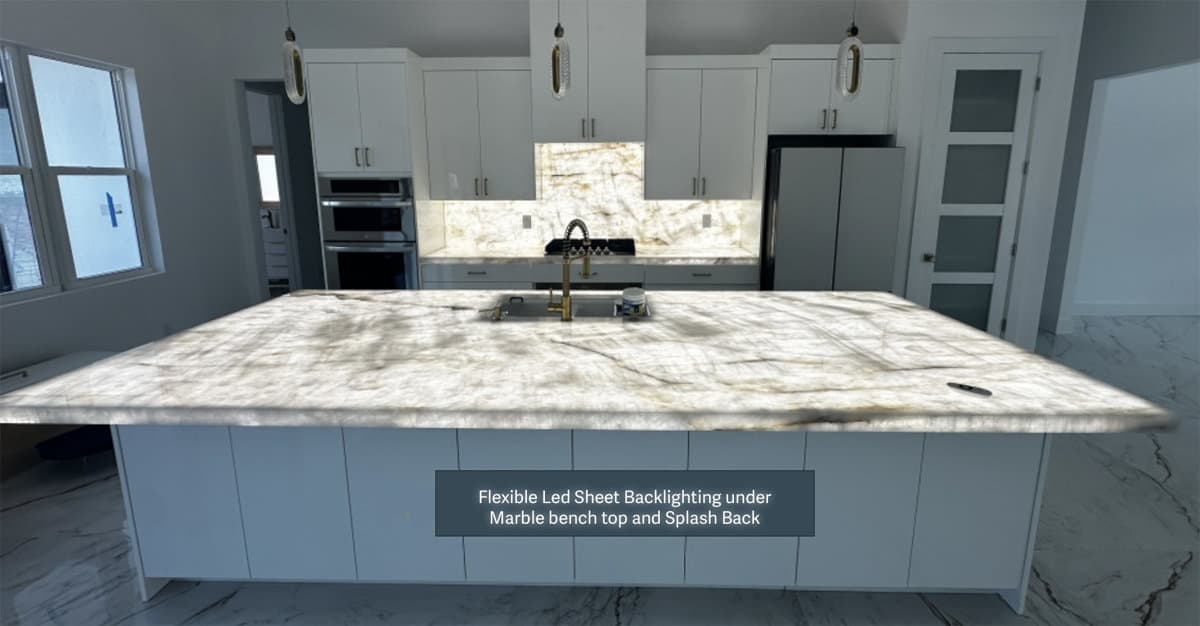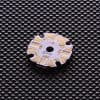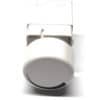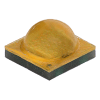Led Technology
Edge light vs Backlight and why Flexible Led Sheets are a perfect Solution
LED Edge Lighting vs. LED Backlighting: Exploring the Differences, Pros, and Cons
Introduction: In recent years, LED (Light-Emitting Diode) technology has revolutionized the lighting industry, providing energy-efficient and versatile lighting solutions. LED edge lighting and LED backlighting are two popular methods used in various applications, such as televisions, monitors, and signage displays. While both techniques utilize LED technology, they differ in terms of placement and functionality. In this blog post, we will explore the dissimilarities, advantages, and disadvantages of LED edge lighting and LED backlighting to help you make an informed decision.
- LED edge lighting is a technique commonly used in displays where a series of LEDs are strategically placed along the edges of a display panel. These LEDs are usually positioned on one or more sides of the panel, and their purpose is to provide illumination across the entire screen surface.To achieve uniform distribution of light, LED edge lighting utilizes a component called a light guide plate. This plate is a transparent panel made of high-quality optical materials, such as acrylic or polycarbonate. It is positioned between the LEDs and the display panel, acting as a medium to guide and distribute the light emitted by the LEDs evenly across the screen.The light guide plate is designed with a pattern of microstructures or light-scattering materials on its surface. These structures help to efficiently distribute the light from the edge-mounted LEDs to the entire display area. As the light travels through the light guide plate, it undergoes multiple internal reflections and refractions, ensuring that it spreads uniformly across the screen surface.By utilizing this technique, LED edge lighting offers several advantages. Firstly, it enables the production of ultra-thin displays with sleek and minimalist designs. Since the LEDs are positioned at the edges, the display panel can be exceptionally thin, making it ideal for applications where space constraints or aesthetics are important.
LED edge lighting also enhances contrast levels in displays. By selectively dimming or brightening the LEDs along the edges, it is possible to control the amount of light emitted at specific regions of the screen. This localized control allows for improved image quality, with deeper blacks and more vibrant colors, resulting in better contrast.
Moreover, LED edge-lit displays are known for their energy efficiency. Compared to traditional backlighting methods, such as CCFL (Cold Cathode Fluorescent Lamp), LED edge lighting consumes less power. This efficiency is attributed to the use of LEDs, which are highly energy-efficient light sources, resulting in energy savings and lower operational costs.
However, LED edge lighting does have a few limitations. Achieving perfect uniformity of brightness across the entire screen can be challenging. Since the light emitted from the edge-mounted LEDs needs to travel across the entire panel, slight variations in brightness may occur, particularly in larger displays. These variations, although often subtle, can be noticeable in certain viewing conditions.
Another potential drawback is the occurrence of light bleeding. In some cases, light emitted from the edge LEDs may leak or bleed around the edges of the screen. This unintended light diffusion can reduce the overall image quality and result in less defined dark areas, affecting the display’s ability to render deep blacks.
Manufacturers continue to refine LED edge lighting technology to address these limitations. Ongoing advancements in materials, light guide plate designs, and LED placement techniques aim to improve brightness uniformity and minimize light bleeding issues, thereby enhancing the overall performance of LED edge-lit displays.
LED edge lighting has found widespread use in various applications, including televisions, computer monitors, and signage displays. Its slim design, improved contrast, and energy efficiency make it a popular choice for those seeking sleek and visually appealing display solutions.
Pros: a. Slim Design: LED edge lighting allows for ultra-thin displays, making it ideal for modern, sleek designs. b. Enhanced Contrast: This technique provides better contrast levels, as the light can be selectively dimmed or brightened in specific areas, enhancing the overall image quality. c. Energy Efficiency: LED edge-lit displays consume less power compared to traditional backlighting methods, resulting in energy savings.
Cons: a. Limited Uniformity: Achieving consistent brightness across the entire screen can be challenging, as the light must travel across the panel. This can lead to slight variations in brightness, particularly in larger displays. b. Potential Light Bleeding: In some cases, LED edge lighting may cause light bleeding around the edges of the screen, resulting in reduced image quality and less defined dark areas.
- LED backlighting is a widely used technique in displays where an array of LEDs is positioned behind the display panel. Unlike LED edge lighting, which illuminates the screen from the edges, LED backlighting directly illuminates the entire display surface.The LEDs used in backlighting are typically arranged in a grid pattern or distributed uniformly behind the panel. They serve as the primary light source, providing illumination that passes through the display panel to create the visual content.One of the significant advantages of LED backlighting is the uniform distribution of light across the entire screen. The placement of LEDs behind the panel ensures that the light is evenly spread, resulting in consistent brightness levels and enhanced viewing experiences. This uniform illumination is particularly beneficial in applications such as televisions and computer monitors, where accurate color representation and image quality are crucial.LED backlighting also allows for higher brightness levels compared to edge lighting. By using a greater number of LEDs or higher-intensity LEDs, displays with LED backlighting can produce brighter images, making them suitable for environments with more ambient light. This feature is especially valuable in settings such as brightly lit rooms or outdoor displays, where maintaining visibility and legibility is essential.
Moreover, LED backlighting often incorporates advanced technologies to improve color accuracy. For instance, some displays employ color filters or quantum dot technology to enhance color reproduction and achieve a broader color gamut. Additionally, localized dimming techniques are employed in high-end displays to dynamically adjust the backlight intensity in specific areas of the screen, resulting in deeper blacks and better contrast.
It is often noted that LED backlighting does have a few drawbacks. One consideration is the slightly bulkier design compared to LED edge lighting. The LEDs and associated components behind the display panel require additional space, leading to slightly thicker devices, as per the image below

While this may not be a significant concern for most users, it can be a factor in applications that prioritize slim form factors, such as ultra-thin televisions or portable displays.Its for this reason we recommend a newer approach. The flexible led sheet is a new technology which uses the same flexible led strip model used in edge lit products but is expanded in size to become a complete backlight solution and is as little as 1.3mm thick. This provides all the benefits needed for ultra thin displays while providing extremely uniform light coverage on any size display and comes in White, Tunable white and RGBW
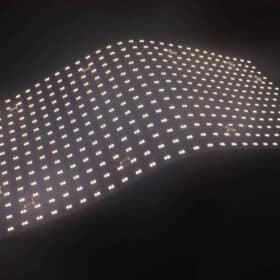
Another trade-off is the potential impact on contrast ratios. Since the light in LED backlighting is not as localized as in edge lighting, there can be a slight reduction in contrast ratios. However, this difference is often minimal and may not be noticeable to the average viewer.
Lastly, LED backlighting generally consumes more power compared to LED edge lighting. The need for a larger number of LEDs to uniformly illuminate the screen results in increased power consumption. However, advancements in LED technology and backlighting algorithms have led to improved energy efficiency over time, mitigating this concern to some extent.
Manufacturers continue to refine LED backlighting techniques to overcome these limitations. Through advancements in LED efficiency, optical design, and display technology, efforts are being made to improve contrast ratios, reduce power consumption, and minimize the overall thickness of devices employing LED backlighting.
LED backlighting is widely used in a range of applications, including televisions, computer monitors, laptops, and digital signage. Its ability to provide uniform illumination, higher brightness levels, and improved color accuracy makes it a popular choice for those seeking high-quality displays with excellent visual performance.
Pros: a. Uniform Illumination: LED backlighting provides more uniform lighting across the entire screen, resulting in consistent brightness levels and improved viewing experiences. b. Higher Brightness: Backlighting allows for higher brightness levels, making it suitable for environments with more ambient light. c. Improved Color Accuracy: LED backlighting often incorporates color filters or advanced technologies like local dimming, enhancing color accuracy and delivering vibrant visuals, d. Led sheets have the capacity to uniformly backlight materials beyond traditional lightbox applications for example behind marble to provide beautiful mood lighting in architecture.
Cons: a. Can be Bulkier Design: LED backlighting requires space behind the display panel, leading to slightly thicker devices compared to edge-lit displays. b. Reduced Contrast: Backlighting can result in slightly lower contrast ratios, as the light is not as localized as in edge-lit displays. c. Higher Power Consumption: LED backlighting typically consumes more power compared to edge lighting due to the need for a larger number of LEDs to illuminate the screen uniformly.
Conclusion: Both LED edge lighting and LED backlighting have their own set of advantages and disadvantages, and the choice between them depends on the specific application and personal preferences. Edge lighting offers a slim design, enhanced contrast, and energy efficiency, while backlighting provides uniform illumination, higher brightness, and improved color accuracy. Consider the trade-offs and prioritize the factors that matter most to you when selecting a display or lighting solution for your needs.
Ultimately, LED technology continues to evolve, and manufacturers are constantly improving both edge lighting and backlighting techniques, bridging the gaps between the pros and cons of each method. It’s always recommended to review the specifications, read reviews, and compare displays to ensure you find the best fit for your requirements.
